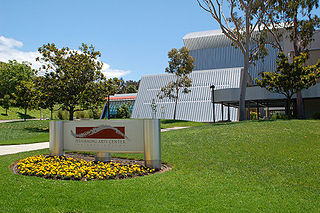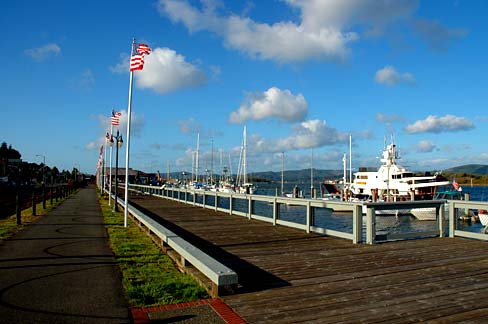
As an East Coast resident all of 19 years at the time, prior to my Los Angeles, Anaheim, Fullerton, San Francisco visit in Sept. 1972 – my first trip to the Golden State – I had little idea of what smog was. I was going to Disneyland to take in all the sensory experiences this amusement park on a grand scale had to offer. Haunted house, Matterhorn, monorail and submarine attractions stand out most in my mind.
On that same vacation, I had also been introduced to the phenomenon of smoggy air that I had so not been familiar with. Visible to my eye was this grayish tinge to the air. At the time, I thought it was no big deal. And when and after arriving in the City by the Bay on the second and last leg of my California visit, any thought of smog entering my mind was at least as far removed as San Francisco was to Los Angeles.
One year later, in fact, I returned to attend college at California Polytechnic State University (Cal Poly, as it is known more familiarly) in San Luis Obispo. There were several times, in fact, that while in school I paid the southland a visit. The first of these was with a few dorm friends and during the gas “squeeze” of ’73 no less, to attend a concert at the Anaheim Convention Center (I think) put on by the musical combo Emerson, Lake & Palmer – ring any bells? Not only were we treated to a primo performance but a fair dose of polluted air to go with that.

However, it wasn’t until my move to Fresno in ’77 working for a home and car audio equipment chain that my witnessing of smog became a regular – if almost daily – occurrence. And, sometime thereafter is when the thought of its presence and harm really hit home.
Which brings me to smog as it pertains to the way it manifests itself in the air in terms of what it does to mar and muck up skies. And, to say that the gunk is a sore sight for the eyes is to put things mildly. I can’t imagine any person who cannot relate.
Meanwhile, it was purely by chance that I learned of an item related to air pollution as it has to do with how clear or clouded air is visibility-wise.
So, there is a U.S. Environmental Protection Agency (EPA) document: “The National Ambient Air Quality Standards for Particle Pollution – Revised Air Quality Standards for Particle Pollution and Updates to the Air Quality Index (AQI).” The document has a publication date of Dec. 14, 2012.
At any rate, under the “Secondary Standards for Particle Pollution” subheading, are three main bullet points, the third conveying something to the effect that the EPA is depending on the current day-long fine particulate matter (PM 2.5) standard to guard against impairment in visibility. And, this is followed by two subsidiary or subordinate bullet points, the second of which reads:
“In today’s rule, EPA is determining that 30 deciviews is the appropriate target level of protection for a visibility index with a 24-hour averaging time. However, after reviewing public comment on the proposal and further analyzing recent air quality monitoring data, the agency has concluded that the current secondary 24-hour PM2.5 standard will provide visibility protection equal to, or greater than, 30 deciviews.” It’s an interesting metric, in my (pun intended) view, deciviews is.

The point that should not be lost here is that using our sense of sight, even without becoming privy to, for example, Air-Quality-Index-type information, just looking at the condition of the outside air, can provide a reasonably good indication of what air in one’s area is like and, maybe, based on this, one can plan one’s daily activities accordingly.
When the visibility is poor due to murky air, our eyes send our minds a tell-tale message as to the reason why. Our brains should interpret that message thusly: that the air we are inhaling in these circumstances is not all right.
I don’t know about you, but spoiled views and impaired visibility is not something I relish one bit. What I do appreciate, on the other hand, are those days when the vistas, instead of being a sore sight for the eyes, are a sight for sore eyes. More of the latter for everyone, please!

Images: U.S. National Archives and Records Administration (top); Gregg Erickson (2nd from top); Gary Halvorson, Oregon State Archives (bottom)
– Alan Kandel
This post was last revised on Dec. 4, 2019 @ 7:16 a.m. Pacific Standard Time.
a later of dust or salt particles that reduce visibility through scattering sunlight. The dry haze particles are smaller than the wet haze particles. Dry haze is responsible for bluish sky color under dark background or yellowish color under light-color background. Wet haze results in gray or white color sky.